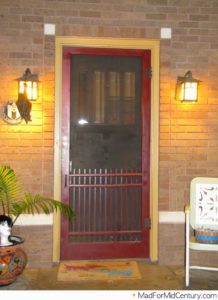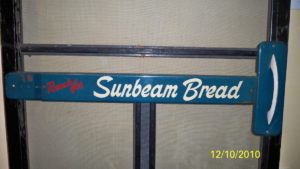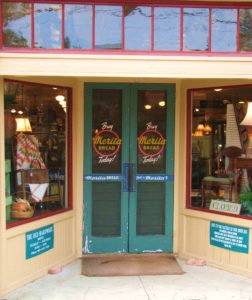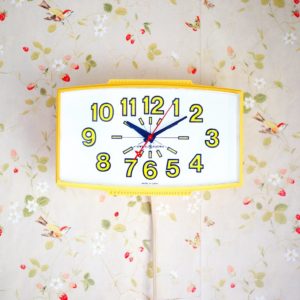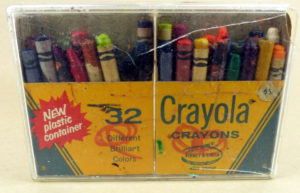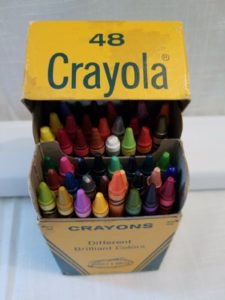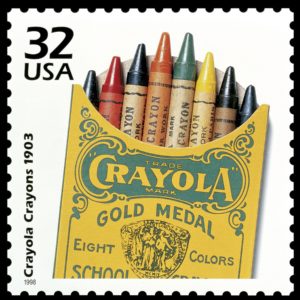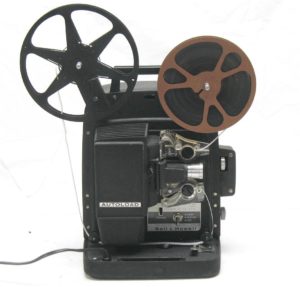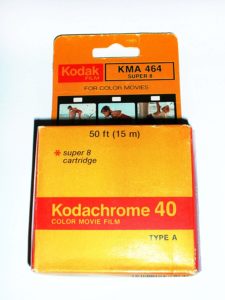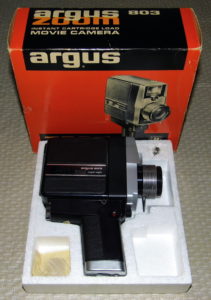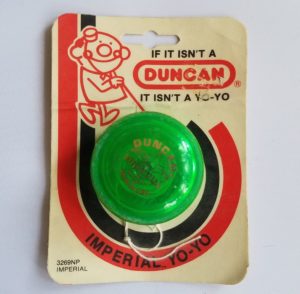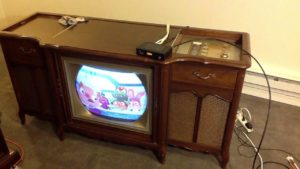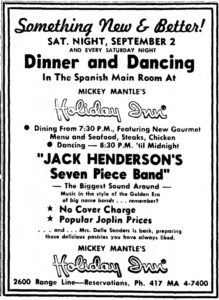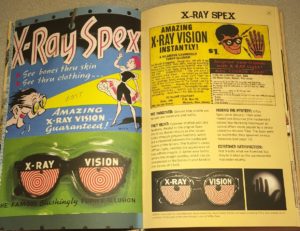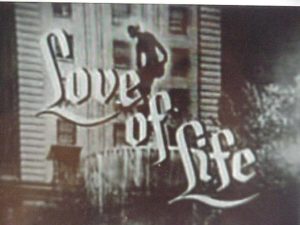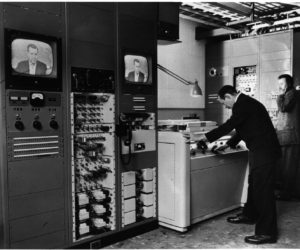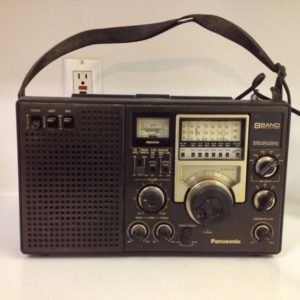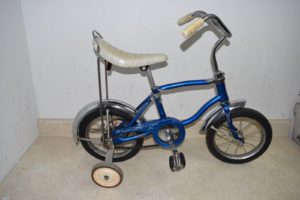 The lessons we learned when we were children! We gained wisdom that would serve us well as adults. For instance, we learned that the safety and security of training wheels was comfortable, yet it had to be left behind sooner or later for the much more unsure, daring world of riding around on two wheels.
The lessons we learned when we were children! We gained wisdom that would serve us well as adults. For instance, we learned that the safety and security of training wheels was comfortable, yet it had to be left behind sooner or later for the much more unsure, daring world of riding around on two wheels.
Every kid starts out with training wheels, regardless of the generation. We Boomer youngsters may have had them attached to traditional Schwinn hand-me-downs, or perhaps on brand new Sting-Rays. And the bolt-on wheels would make for a nice smooth ride. But eventually, peer pressure and the desire to spread young wings would make you ask your dad to remove them. Thus, your first step towards growing up.
What would generally happen next was that your father would steady your bike as you climbed aboard, then exhorted you to start pedaling hard as he turned you loose.
Generally, the next step would be picking you up off the ground. You had to pedal harder than that.
But eventually, you would get the hang of it. And before long, you would be screaming down the street on two wheels, forever freed from training wheels.
Every group of kids had one youngster who had a hard time getting the hang of biking without training wheels. Sadly, such a child would frequently be marked for life among the neighborhood gang until he redeemed himself through some act of great courage.
Of course, in those days, if you fell off of your bike, you got banged up. If you misspelled words, you were given bad marks. If you misbehaved, you got the paddle. In other words, you were responsible for yourself.
Nowadays, when it takes a village to raise a child, and we are much more concerned with self-esteem than genuine learning, our grandkids are being taught the abomination of “creative spelling.” And if he or she falls and gets hurt on a bike, it’s because the manufacturer was remiss in protecting the child from the mishap. There is a plethora of lawyers in the Yellow Pages ready to take the lawsuit.
That’s a shame. The earlier you learn to pedal hard or fall over and get hurt, the quicker you’re ready to make your own way in the world. While schools have gotten much easier for children to earn passing marks, the world has only gotten tougher.
